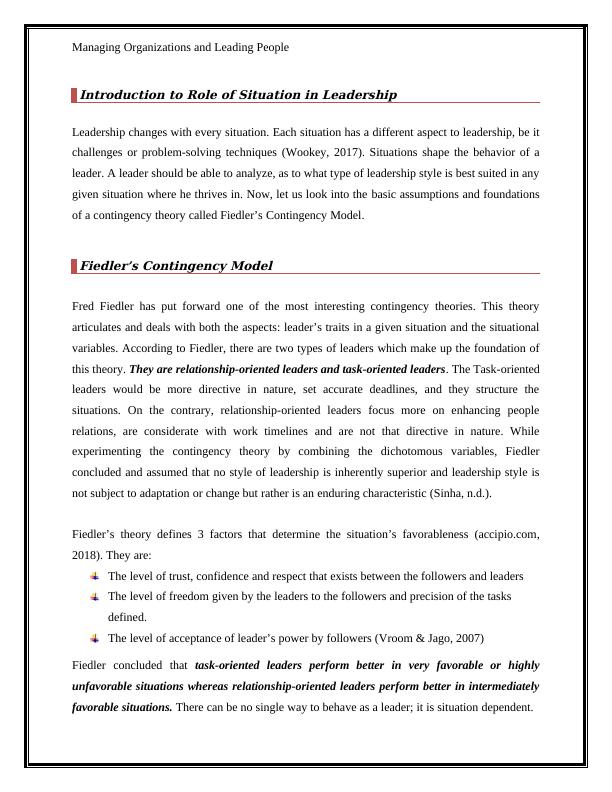Managing Organizations and Leading People Assignment 2022
Added on 2022-10-17
4 Pages760 Words17 Views
End of preview
Want to access all the pages? Upload your documents or become a member.
How Leadership Approaches and Leader's Characteristics Influence Practice Change
|16
|4214
|170
Leadership Theories and Styles
|5
|1418
|67
Leadership Theories Applied on a Study Case
|5
|670
|95
Leadership Theories at different Wokplace Situations : Report
|5
|1218
|155
DBA Leadership and Professional Development
|14
|5078
|103
Reflection on Sustainable Leadership Theory 2022
|4
|887
|34


